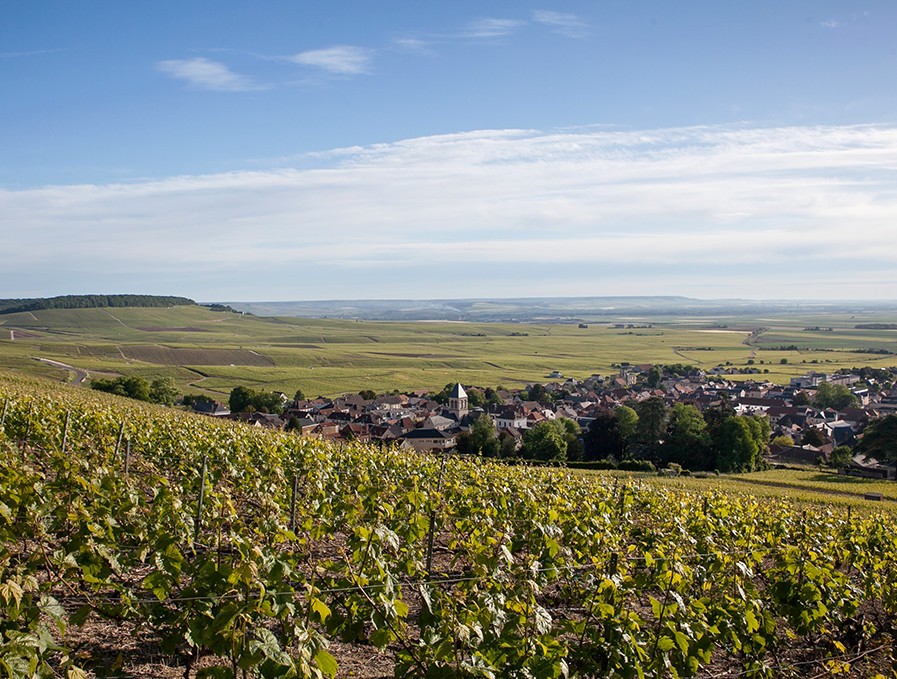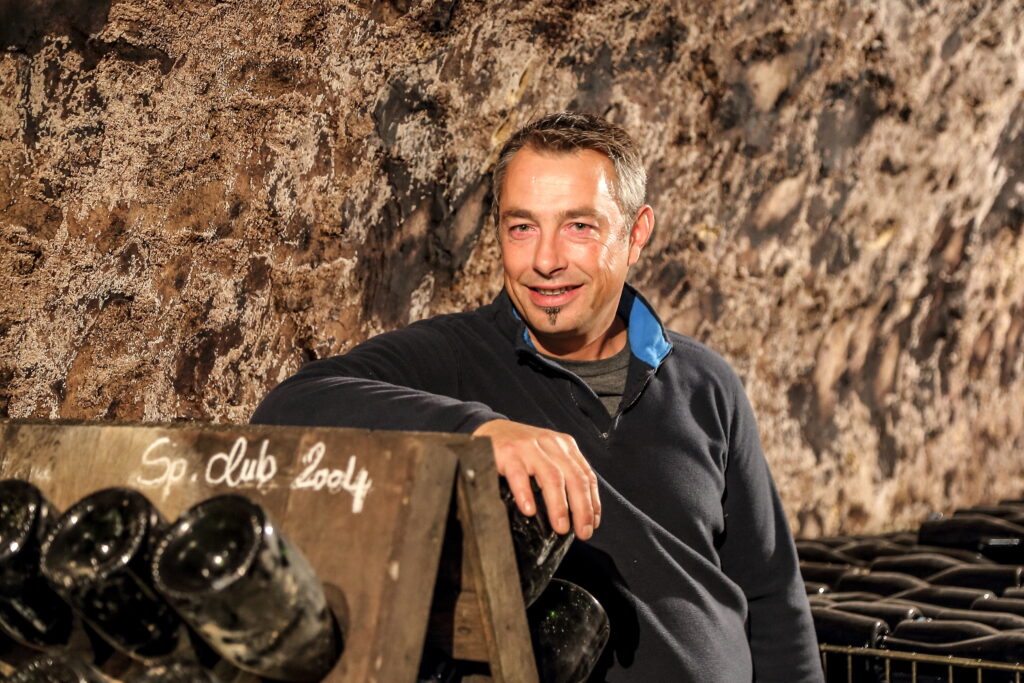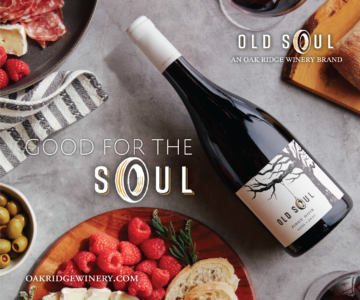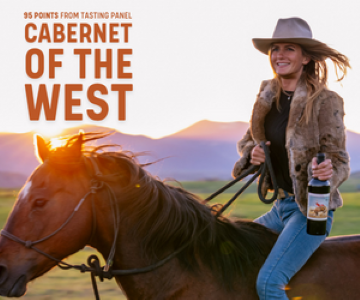DESPITE SUPPLY ISSUES AND PRICE INCREASES, THE REGION’S RÉCOLTANTS MANIPULANTS
ARE ON THE RISE
by Jonathan Cristaldi
As grower Champagne becomes increasingly popular in the global marketplace, demand is beginning to outpace supply. In the U.S., both on- and off-premise operators hoping to offer grower Champagne to their clientele have to contend with some pretty stark facts.
According to the trade association Comité Champagne, nearly 90% of vineyards in France’s famed sparkling-wine region are owned and tended by some 16,200 growers. But most of them sell grapes to major Champagne houses through cooperatives: Today, 130 registered cooperatives throughout Champagne are supplying 370 registered houses. Meanwhile, only a tiny fraction of all Champagne wines sold—some 300 million bottles annually—are considered grower Champagnes. The way to identify a grower Champagne house is through the “RM” code on the back label, which stands for “récoltant manipulant” and indicates that the producer is making Champagne with grapes sourced exclusively from vineyards they own. Though exact figures are hard to come by, most resources suggest that a little less than one-third of growers, or fewer than 5,000, are registered as récoltants manipulants.

Therefore, buyers seeking to offer grower Champagne, whether in their brick-and-mortar stores or through online platforms, are battling it out over supply. Among them is Ryan Anderson, director of purchasing for California-based e-retailer Last Bubbles, who notes that demand is surging—along with prices—even as the supply from producers who have established themselves at the top of the class remains the same. “It’s becoming harder and harder to get those wines,” he says, adding that while he revels in the challenge, “it’s [also] our job to seek out and find new and interesting producers to offer. Finding the rising stars before they are rising stars is really the key—I utilize our longtime suppliers to help us find many of them, and I visit as often as possible.”
Matt Stamp, partner at Compline Restaurant and Wine Shop in downtown Napa, California, echoes Anderson in emphasizing “the relative paucity” of grower Champagne. “Wines go in and out of importer stock pretty quickly, and you have to hunt for new cuvées and new producers constantly,” he says. While that can be “fun,” he admits, “it’s a lot more time-consuming than putting a grand marque on the shelf and knowing that you’ll have it there year round, with a healthy option for holiday discounting on top of that.”
Granted, the prices for those prestige cuvées are also going up; according to Master Sommelier Desmond Echavarrie, founder of the Napa-based Scale Wine Group, which represents a portfolio of domestic and imported boutique brands, “Many large [Champagne] houses have increased their retail prices by 30% or more.” He says that’s part of the reason for increased “consumer attention toward the smaller grower houses”—a trend that he’s been noticing all around the U.S. “On recent visits to Charlotte, North Carolina; the Chicagoland suburbs; and Colorado Springs, I’ve been quite impressed with the selection of grower Champagnes available at independent wine retailers and even package liquor stores,” he adds. After all, despite recent price hikes, “grower Champagne producers offer such exceptional value that consumers all over the country are exchanging brand loyalty for the opportunity to discover something new.”

All the better for them that those new discoveries are often sustainably produced. As climate change continues to exert its effects around the world, it has fostered a rise in organic farming practices in Champagne—especially among the smaller récoltant-manipulant producers, “since the land they farm is cherished in the family,” asserts Echavarrie. “Meanwhile, large houses are actually unable to source exclusively organically grown grapes.”
Based on his personal experiences while visiting with growers, Anderson agrees that there’s a strong desire among them to protect the land—but because organic certification in France is rigorous and requires many years of documentation to achieve, “many will follow the principles of organic farming but don’t feel the need for the certification,” he says.
As the dynamics of farming in the region continue to evolve and the reality of supply and demand takes hold, the future is far from certain. But one thing is for sure: With prices for top grower Champagnes still far below those of major Champagne houses, right now is a great time for fans of farmer fizz.


